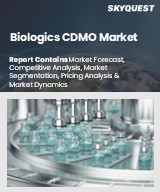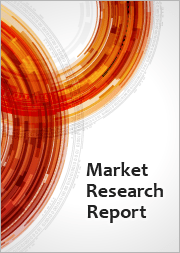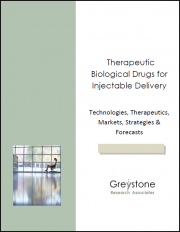
|
시장보고서
상품코드
1783024
생물학적 주사제 - 기술, 치료법, 시장, 전략, 예측Therapeutic Biological Drugs for Injectable Delivery - Technologies, Therapeutics, Markets, Strategies & Forecasts |
||||||
생물제제 전달을 위한 새로운 플랫폼을 제공하는 디바이스 엔지니어링
생물제제는 개발 파이프라인과 임상시험에서 다른 모든 NCE를 계속 능가하고 있습니다. 생물제제는 대부분 만성질환을 대상으로 하므로 투여 전략과 치료 프로토콜은 장기적인 사용을 견딜 수 있도록 개발되어야 하며, 많은 경우, 질환과 직접적으로 연관된 제한을 받을 수 있는 환자의 자가 투여를 위해 개발되어야 합니다. 항체, 호르몬, 효소 및 기타 생물제제의 강력한 생리적 작용으로 인해 안전성과 순응도에 대한 요구가 높아지고 있습니다. 디바이스 설계자와 의약품 개발자의 협력은 의약품 개발 주기의 초기 단계에서 이루어지고 있으며, 많은 경우 특정 약물의 생체 이용률 목표와 약동학적 프로파일에 맞게 디바이스를 설계할 수 있게 되었습니다. 현재 개발되고 있는 새로운 주사제 전달 장치의 디자인은 대체 주사법의 새로운 기회를 창출할 것으로 보입니다. 기기 공급업체와 제약사 간의 파트너십은 치료 백신, DNA 기반 약물, 단백질 기반 생물제제 등 많은 새로운 치료법에 사용되는 새로운 주사 기기 시장 수용을 촉진할 것으로 예측됩니다.
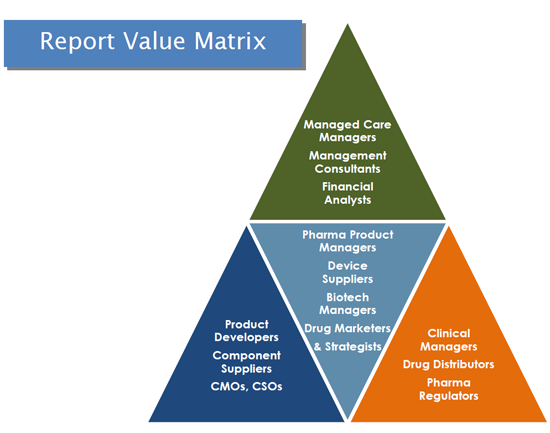
이 보고서는 생물학적 주사제 시장을 조사 분석하여 생물제제 투여에 사용되는 주사 장치의 경제, 기술, 질병 부문, 상업적 기회에 관한 정보를 제공합니다.
배울 수 있는 것
- 생물제제 장치 선택 프로세스를 촉진하는 제품 및 사용자 요구 사항
- 생물제제를 투여할 수 있는 주사기기에 필수적인 설계 요소, 기술, 개발 과제
- 개발 단계에서의 생물제제 제조 공정의 변화가 디바이스의 출시 준비도에 어떤 영향을 미치며, 최근 동향에 따라 어떻게 변화하고 있는가?
- 전체 생물제제 클래스에서 장치 선택 결정이 어떻게 일치하는가? 치료 표적은? 시장 부문은?
- 의약품과 의료기기의 의존관계는 시판 전후의 제품수명주기관리에 어떤 영향을 미치는가?
- 생물제제 주입 장치 시장에 영향을 미치는 주요 경제, 기술, 규제 요인
"Therapeutic Biological Drugs for Injectable Delivery: Devices, Therapeutics, Markets, Strategies and Forecasts" is a comprehensive evaluation and analysis of the technology, products and participants providing the driving force behind this evolving segment of the healthcare sector. The study is designed to provide drug company decision makers, drug delivery developers, device designers, healthcare marketers, and supply chain participants with a detailed understanding of the economics, technologies, disease segments, and commercial opportunities for injection devices for administering biologicals. Provider organization business managers, healthcare administrators and investors will also benefit from this study.
Device Engineering Providing New Platforms for Biological Drug Delivery
Biological drugs as a class continue to outpace all other NCEs in development pipelines and clinical trials. Because biological drugs most often target chronic conditions, dosing strategies and treatment protocols must be developed for long-term use, often for self-administration by patients who may have limitations directly related to their condition. The powerful physiological effects of antibodies, hormones, enzymes and other biological drugs also increase the need for safety and adherence. Cooperation between device designers and drug developers is occurring much earlier in the drug development cycle, allowing device designs in many cases to be tailored to the bioavailability targets and pharmacokinetic profiles of specific drug therapies. New injectable delivery device designs currently being developed will create new opportunities for alternative injection methods. Partnerships between device suppliers and pharmaceutical companies will foster market acceptance of new injection devices for a host of new therapies such as therapeutic vaccines, DNA-based drugs, and protein-derived biologics.

What You Will Learn:
- What are the product and user requirements that drive the biological drug-device selection process?
- What are the essential design factors, technologies and market development issues for injection devices capable of administering biological dugs?
- What is the impact of development-stage biological manufacturing process changes on device go-to-market readiness and how has it changed in recent years?
- How do device selection decisions align across biological drug classes? Therapeutic targets? Market segments?
- What is the impact of drug-device dependencies on pre- and post-marketing product life cycle management?
- What are the significant economic, technology, and regulatory factors affecting the market for biological drug injection devices?
Methodology:
Research methodology is based on primary research in the form of in-depth interviews with key market participants, technology developers, distributors, industry experts, and market influencers, a list that includes regulatory officials, industry trade groups, and materials standards organizations.
Primary data is evaluated and normalized against secondary sources including trade journal articles, technical literature, industry publications, company data sheets and published information, and statistical data from government agencies and trade associations.
Forecasts and projections of market demand and future market activity are derived using standard modeling and statistical techniques.
Table of Tables
Executive Summary
The Market Opportunity
- Unmet Patient Needs
- Biosimilars
- The Biological Drug Global Supply Chain
Biological Drug Delivery - Challenges and Limitations
- Drug Stability
- Pre- and Post-Manufacturing Engineering
- Lyophilization and Reconstitution
- Viscosities and Volumes
Drug Strategies & Therapeutic Protein Packaging
- As-Supplied Packaging
- Device Market Share
- Device Supplier Segment Activity
- Emerging Injection Devices for Biological Drugs
Injectable Biologicals - Product Analysis by Drug Class
- Cytokines
- Enzymes
- Fusion Proteins
- G-CSF/GM-CSF
- Hematopoietics
- Hormones
- Immune Modulators
- Insulins & GLP Analogs
- Monoclonal Antibodies
- Vaccines
Therapeutic Market Segment Analysis
- Cardiovascular
- Diabetes
- Hematology
- Immunology
- Metabolic
- Oncology
Market Factors
- Regulatory Issues
- Patient Preferences and Self-Administration
- Pre- and Post-marketing Device Evolution
- Compatibility Testing






